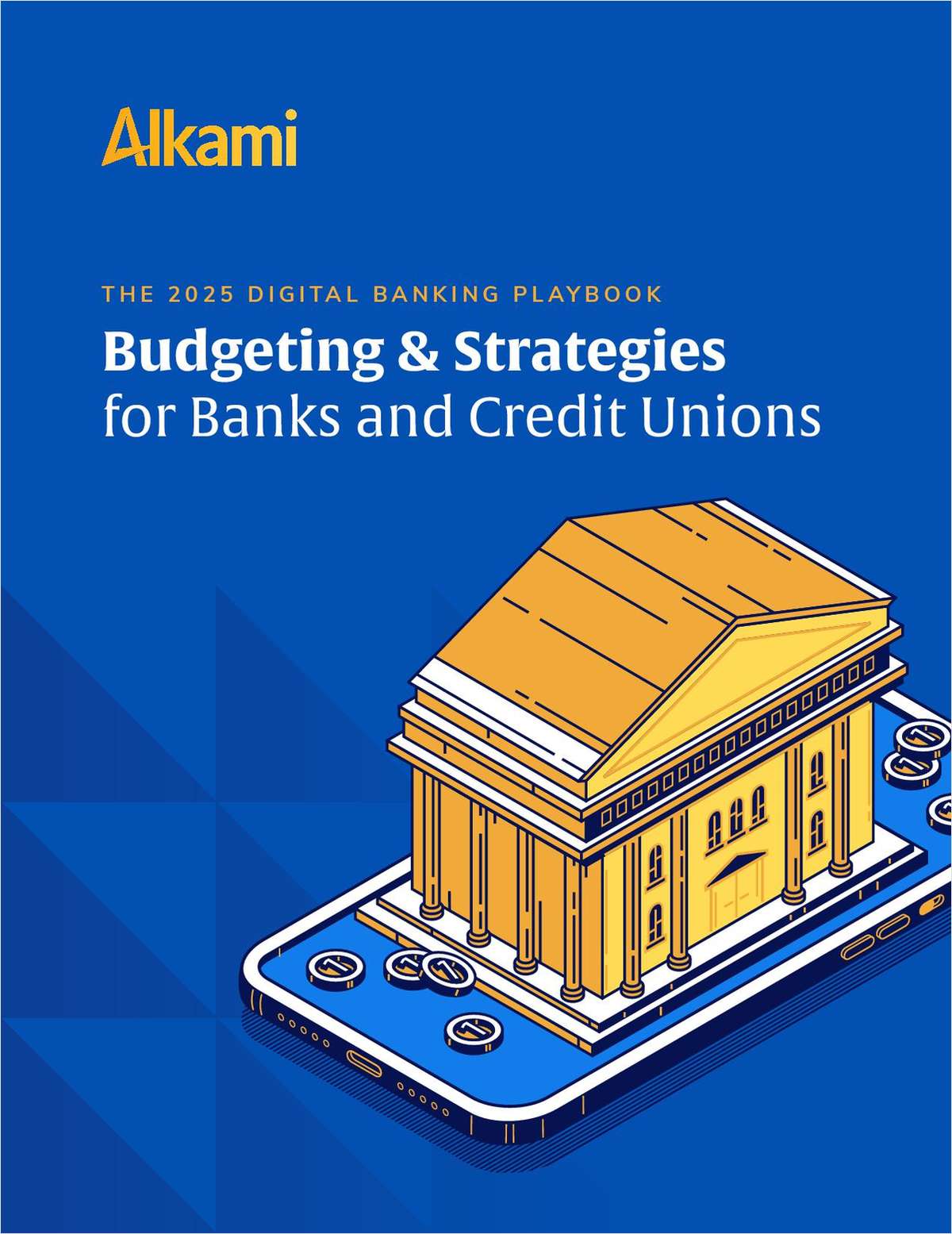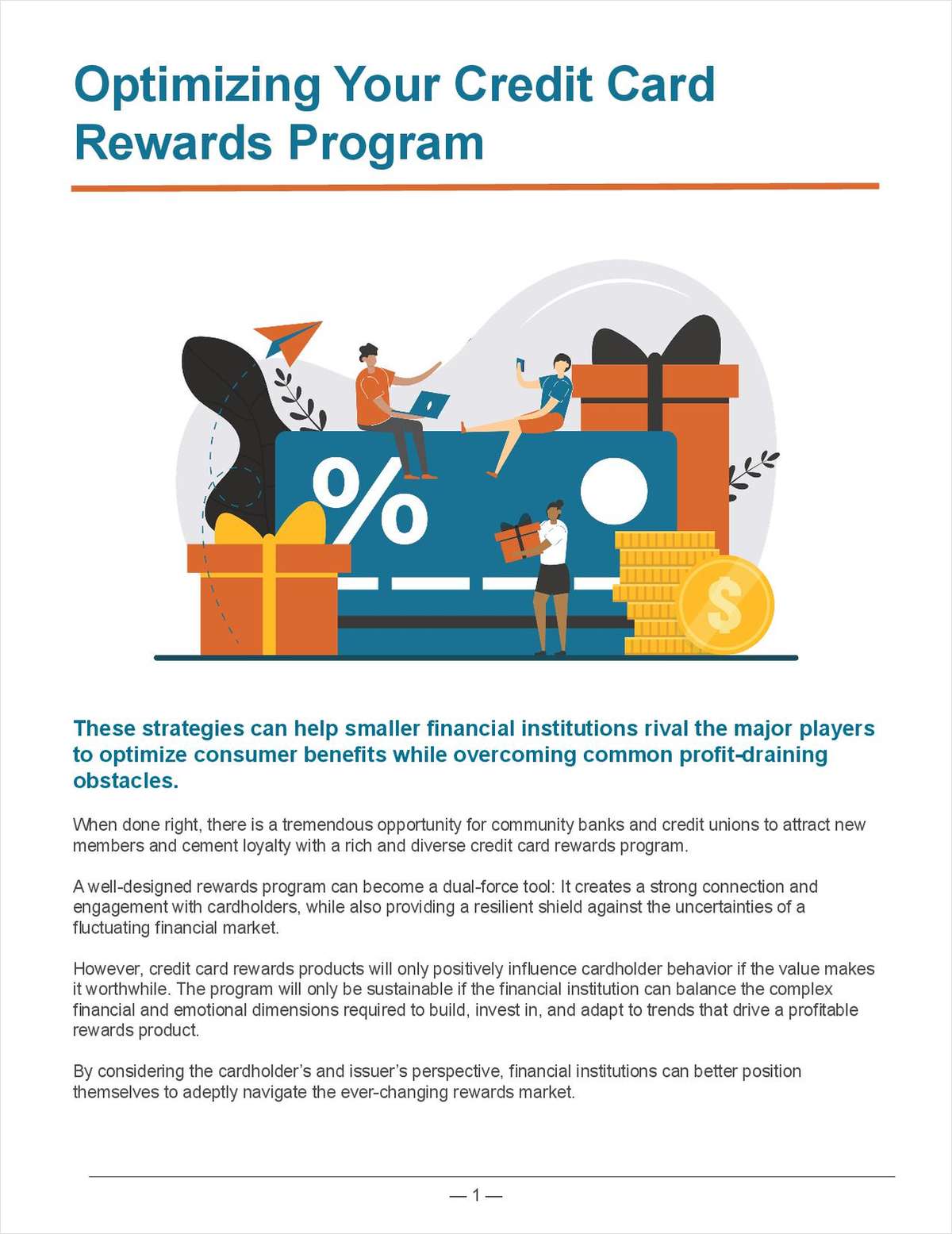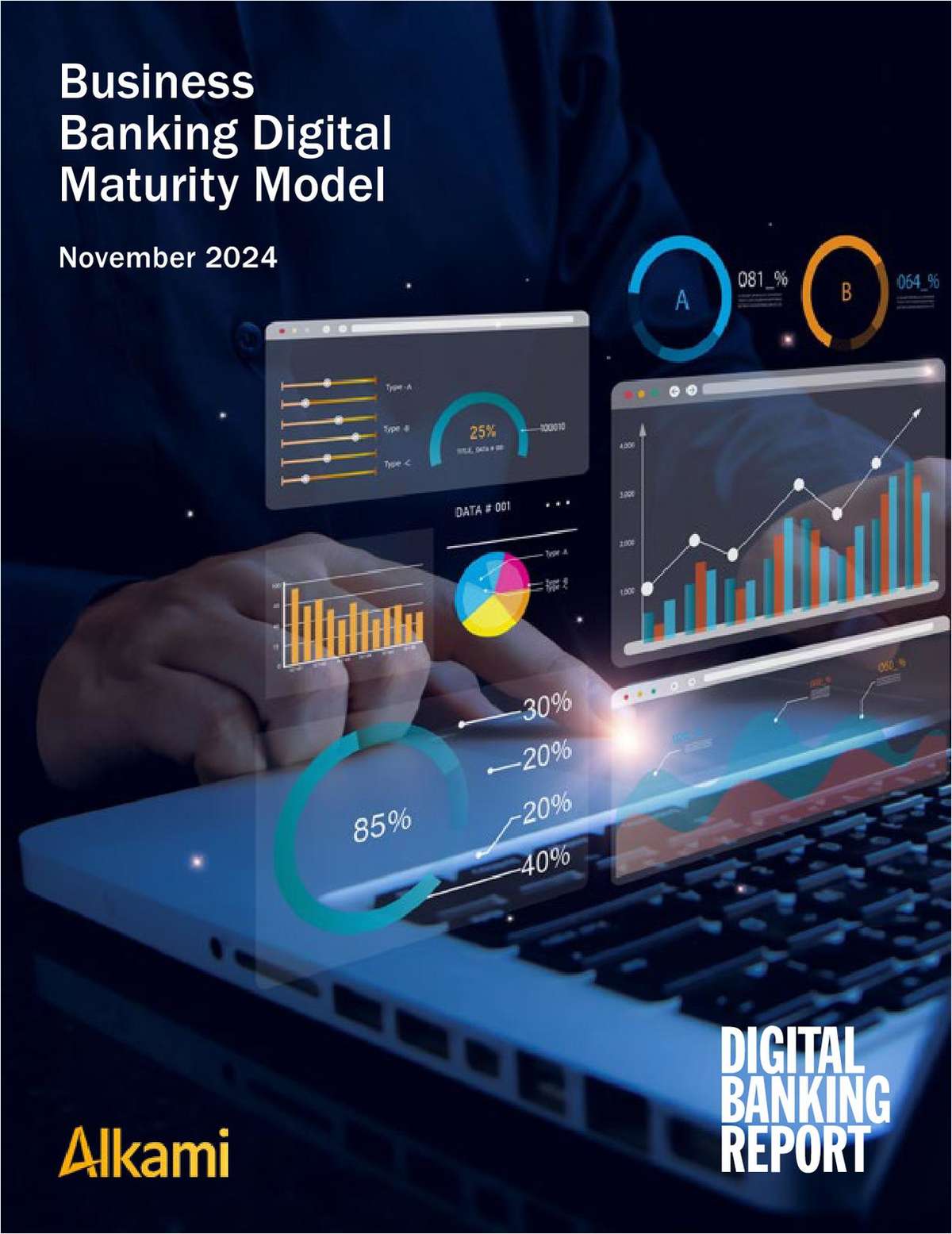
 Access to money fuels an economy, but these last few years it seems everyone has been on the losing end.
Access to money fuels an economy, but these last few years it seems everyone has been on the losing end.
Dramatic increases in regulation caused traditional financial institutions to pretty much shut off the credit spigot. The crisis correction sought by regulators put in motion a cascade of aftershocks that have swung the market from side to side. In 2008, liquidity tests made banks recoil and tighten lending. Consequently, market lenders emerged to meet consumers' demand for money (i.e., payday loans and peer-to-peer solutions).
Last year's Operation Choke Point offers another example of how regulatory pressures continue to reshape the market and enable the emergence of a new lending ecosystem.
Clearly, regulators have embraced non-traditional approaches to lending; however, they want to keep it fair, equitable and non-discriminatory. To that end, they must continue implementing safeguards such as sector APR caps at 34.99%.
While a few lending companies, particularly payday loan providers, have taken advantage of loopholes in the system, others have responsibly tapped into this growing consumer demand through online platforms. Payday loans and peer-to-peer were the first of the new breed of lenders springing up in this emerging ecosystem. They have enabled traditional financial institutions to tap into new ways of delivering money to consumers, either directly funding assets or indirectly investing other organizations through structured finance.
Unfortunately, as peer-to-peer platforms have integrated with banks and hedge funds, they've become more institutional and have thus lost much of their social essence. They're allowing the industry's old muscle memory to kick in, and are serving their customers with traditional credit scoring models, approaching credit scoring like traditional financial institutions.
Much like a baseball team that has failed to take advantage of advanced metrics, they're trying to implement new methods on top of a foundation that is inadequate. By depending on peer validation or restricting access to capital based on a narrow collection of data, they're making a trade-off that surely will leave consumers dissatisfied.
Now, further disruption is on its way, focused on convergence rather than displacement. This is good for consumers and the industry overall. Traditional risk models look for reasons to decline loan applications. It's time to turn that on its head, and the tools exist to do it responsibly.
Innovation in technology, big data analytics, biometrics, mobile payments and fresh thinking are helping us to gain a better understanding of the gray areas of credit, so that we can better identify risk and opportunity. Consumers are still experiencing the deep shark bites from despicable predatory lending companies that continue to put hard working individuals at risk, so reestablishing consumer confidence is at the top of the agenda.
It's time to move beyond the old statistical models and embrace the Moneyball approach: The consideration of Big Data analytics and smarter algorithms is what will enable this new lending ecosystem to thrive.
There is a large underserved consumer population hungry for access to money. This is the opportunity for those that can leverage machine learning to find reasons to say yes to consumers. It's time to make access to capital fair, equitable and nondiscriminatory, and to make the process a better experience – mobile, seamless and speedy, all while maintaining risk integrity.
This is the cusp of a new era. The new disruption will revolutionize the way consumers access money.
Tom Burnside is CEO of LendingPoint based in Atlanta. Tom and Co-Founder Juan Tavares can be reached at 1-844-885-8713.
© 2025 ALM Global, LLC, All Rights Reserved. Request academic re-use from www.copyright.com. All other uses, submit a request to [email protected]. For more information visit Asset & Logo Licensing.







